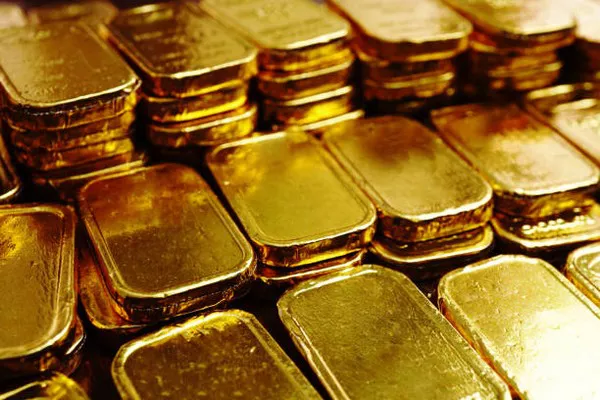Gold prices continue their upward trajectory, largely unaffected by positive data from the United States (US) suggesting a potential “soft landing” for the US economy. While such indications might traditionally be viewed as negative for gold, the current geopolitical landscape, particularly escalating tensions in the Middle East, supports the non-yielding precious metal. As of the Asian Wednesday session, XAU/USD is holding steady at $2036.50, reflecting minimal change.
The resilience in gold prices is evident as market participants anticipate the Federal Reserve’s upcoming meeting. On Tuesday, the precious metal recorded a modest 0.17% increase, propelled by a decline in US Treasury bond yields amid expectations that the Federal Reserve will maintain interest rates during the Wednesday meeting. Attention now turns to Fed Chairman Jerome Powell’s press conference for potential forward guidance.
Data-wise, December’s Job Openings and Labor Turnover Survey (JOLTS) report revealed a robust labor market, with vacancies surging to 9.02 million, surpassing both November’s figures and the anticipated 8.75 million. Simultaneously, the Conference Board reported a noteworthy increase in Consumer Confidence, reaching 114.8 in January from 108 in December, albeit slightly below the consensus of 115.0. Dana Peterson, Chief Economist at the Conference Board, attributes the rise in consumer confidence to factors such as slower inflation, expectations of lower interest rates, and favorable employment conditions.
The decrease in the US 10-year Treasury bond yield by four basis points to 4.036% has provided tailwinds for gold, acting as a headwind for the US Dollar (USD). Consequently, the US Dollar Index (DXY) slid marginally by 0.04% to 103.41.
Looking ahead, the US economic docket is set to feature the ADP Employment Change report and the Chicago PMI. The Federal Reserve will announce its monetary policy decision at 19:00 GMT, followed by Fed Chair Jerome Powell’s press conference. These events are likely to shape market sentiment and impact gold prices as investors seek insights into the economic landscape and potential monetary policy adjustments. The delicate balance between economic data and geopolitical tensions will continue to influence gold’s role as a safe-haven asset in the coming sessions.


